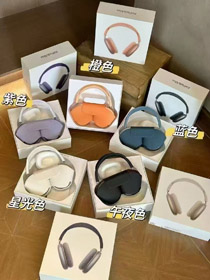Mulebuy
How Tech Enthusiasts Use Mulebuy Spreadsheet for GPU Shopping
One community member recently posted a detailed guide on efficiently browsing Mulebuy’s spreadsheet to compare different graphics cards based on key parameters:
- VRAM Type:
- Core Clock Speed:
- Cooling Solutions:
- TDP (Thermal Design Power):
The user emphasized cross-referencing these specifications with their existing setup—ensuring CPU bottlenecking wouldn’t occur and that their case could accommodate longer cards.
Post-Purchase: Installation Challenges & Fixes
Even with careful planning, unexpected issues can arise:
Problem 1: PCIe Slot Compatibility:
A member documented how their new RTX 4090 wouldn’t be recognized despite having a compatible chipset. The solution involved:
- Updating the motherboard BIOS to support Resizable BAR.
- Switching from PCIe 3.0 to 4.0 mode manually in BIOS settings.
Problem 2: Power Supply Limitations
Another buyer shared their struggle with random shutdowns due to an undersized PSU. Their fix included:
- Using separate power cables for each GPU connector (no daisy-chaining).
- Upgrading to a 1000W 80+ Gold unit with stable voltage regulation.
Why Mulebuy’s Spreadsheet Approach Works
The crowdsourced nature of these documents allows real-time price tracking alongside specification filtering—something retail sites rarely offer. Savvy shoppers particularly appreciate the "Last Updated" timestamps and seller reliability ratings embedded in the sheets. One user noted savings of 22% on an RX 7900 XT versus Amazon’s listing by catching a warehouse deal flagged in the spreadsheet.
For PC builders seeking transparency in GPU purchases, combining Mulebuy’s data-driven approach with community feedback creates a smarter buying journey. Whether fine-tuning BIOS settings or comparing memory buses, these shared experiences demystify the hunt for ideal components.
Pro Tip:Mulebuy website



















